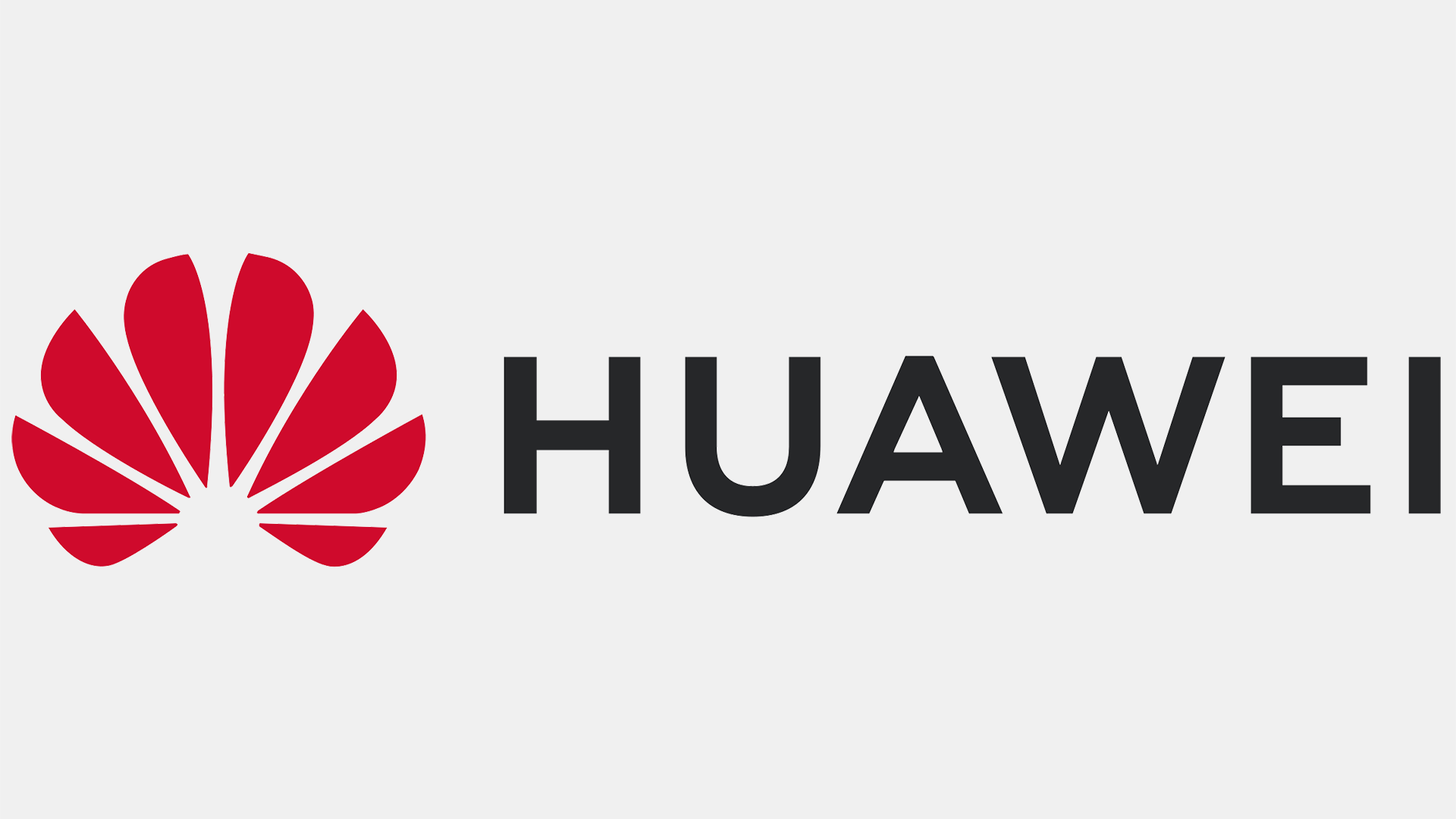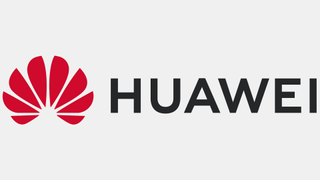The local government of Shenzhen has launched a program to significantly boost the ecosystem of applications for Huawei's HarmonyOS, in a bid to make the platform more robust and competitive against foreign peers, reports ChinaScope citing the official Xinhua news agency. The story at Xinhua may signal that China has a broader plan for HarmonyOS. However, Huawei may have different goals for its HarmonyOS Next, reckons the Nikkei.
Huawei's HarmonyOS — largely based on the open-source version of Google's Android — was a way for the company to get around crippling U.S. sanctions in 2019 and keep producing its popular high-end smartphones. Eventually, it was adopted for a whole range of Huawei's devices, including PCs, tablets, smartwatches, and even TVs. For now, HarmonyOS seems to be quite competitive in the smartphone market, though without apps like Gmail, Facebook, Instagram, and YouTube, it is not exactly competitive in Europe or the U.S. But for Chinese authorities and Huawei the HarmonyOS operating system could still be the most viable way to replace Android, iOS, macOS, and Windows-based hardware in China.
The Shenzhen Action Plan for HarmonyOS
This is perhaps why the Shenzhen government recently kicked off the 'Shenzhen Action Plan for Supporting the Development of Native HarmonyOS Open Source Applications in 2024.' The plan sets several goals to boost the development of software for HarmonyOS in the city and province.
One major goal for native HarmonyOS applications in Shenzhen is to account for more than 10% of China's total by 2024. The plan includes establishing at least two specialized industrial parks for HarmonyOS software development in a variety of applications. It also sets a target for over 1,000 software companies in Shenzhen to have HarmonyOS development talent qualifications. Furthermore, it encourages eligible companies to expand their outsourcing services for HarmonyOS application development, aiming to reach a scale of 500,000 HarmonyOS developers, which is pretty impressive if it comes to fruition. The initiative also aims for these applications to be fully adopted across Shenzhen's main industries.
Huawei's Plan for HarmonyOS
Since HarmonyOS is open source, it can be adopted by everyone and for pretty much everything, just like the open-source Android. This will certainly make it a competitor for the closed-source Android and Apple's proprietary iOS according to the Nikkei story.
Indeed, Huawei is teaming up with app developers and training coders to make apps just for HarmonyOS, aiming to create around three million jobs in the process. However, for now, this work is mostly focused on smartphones and IoT rather than on client PCs.
Huawei's smartphones, especially the Mate 60 series, have been selling well in China, helping to set the stage for HarmonyOS. The company has grabbed a good chunk of the market share in China, with 16% of smartphones sold there now running HarmonyOS, which is important as it helps to persuade developers to make apps for this OS.
Huawei plans to add over 5,000 apps to HarmonyOS to cover what most people do on their smartphones every day in China, which is presumably enough to compete against Apple (iOS) and Samsung (customized Android). For now, Huawei has some big names like Bilibili and Alipay on board to make apps for the new system. However, some big apps and smaller developers are still on the fence because of issues like having to share revenue with app stores. Then again, a journey of a thousand miles begins with a single step. This step has been made for sure.



